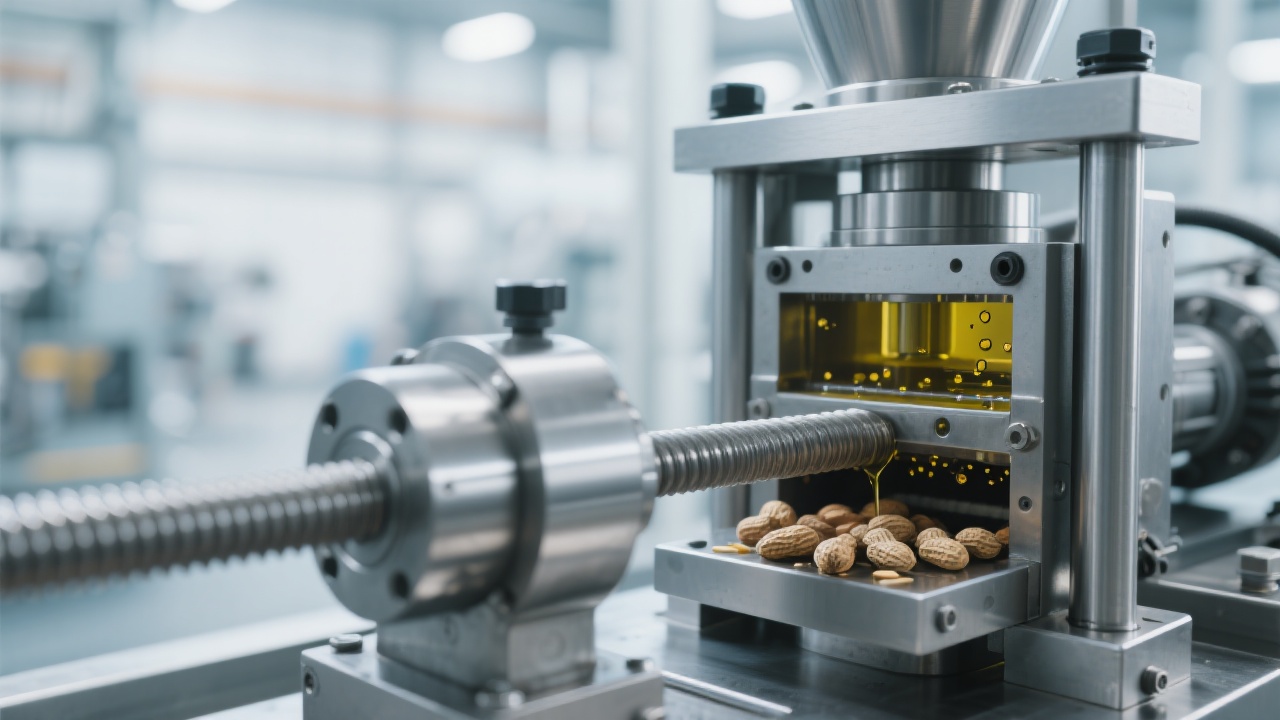
Are you struggling to get your peanut oil internationally certified? This article delves deep into the key points of quality control throughout the peanut oil production process. From raw material screening, optimization of pressing processes, implementation of testing indicators to environmental compliance, it systematically outlines industry standards and practical methods.
Many peanut oil producers face common quality issues. For example, according to ISO 22000, the standard for food safety management systems, the peroxide value of peanut oil should be strictly controlled. If it exceeds 0.25 g/100g, the oil quality is considered sub - standard. You may ask, 'Have you ever encountered the problem of excessive peroxide value?' The root causes often lie in poor raw material selection, improper pressing conditions, and ineffective quality control during production.

The quality of peanuts directly affects the quality of peanut oil. High - quality peanuts should have a moisture content of less than 10% and an oil content of over 45%. Before pressing, proper pre - treatment is essential, including cleaning, drying, and de - hulling. These steps can remove impurities and reduce the risk of microbial contamination, laying a solid foundation for high - quality oil production.
The pressing temperature and pressure are crucial parameters that affect oil quality. A study shows that the optimal pressing temperature for peanut oil is between 100 - 120°C. A temperature curve can clearly illustrate how different temperatures impact the oil yield and quality. For instance, if the temperature is too high, it may lead to the decomposition of nutrients in the oil, while a too - low temperature may result in a low oil yield. As shown in the following table:
| Pressing Temperature (°C) | Oil Yield (%) | Quality Indicator (Peroxide Value, g/100g) |
|---|---|---|
| 90 | 35 | 0.15 |
| 110 | 42 | 0.2 |
| 130 | 45 | 0.3 |

Under the HACCP/ISO and other authoritative systems, key indicators such as acid value, peroxide value, and aflatoxin content need to be strictly monitored. For example, the aflatoxin B1 content in peanut oil should not exceed 20 μg/kg according to international standards. Regular and strict testing can ensure that the peanut oil meets international requirements, making every drop of peanut oil stand up to international inspection.
An automatic peanut oil pressing machine production line has many technological advantages, such as intelligent temperature control, energy - saving design, and clean production. The intelligent temperature control system can maintain a stable pressing temperature, reducing human errors and improving oil stability. With intelligent equipment, you can achieve both stable quality and high - efficiency returns.

Environmental protection regulations are becoming more and more stringent. For example, waste water from peanut oil production should meet the requirements of local environmental protection standards. Enterprises need to adopt new production processes, such as recycling waste water and reducing energy consumption, to meet these new requirements.
In conclusion, by following these principles and leveraging advanced technologies, peanut oil processing enterprises can build a comprehensive quality management system. If you want to learn more about how to produce high - quality peanut oil that meets international standards, click here to explore more solutions.

